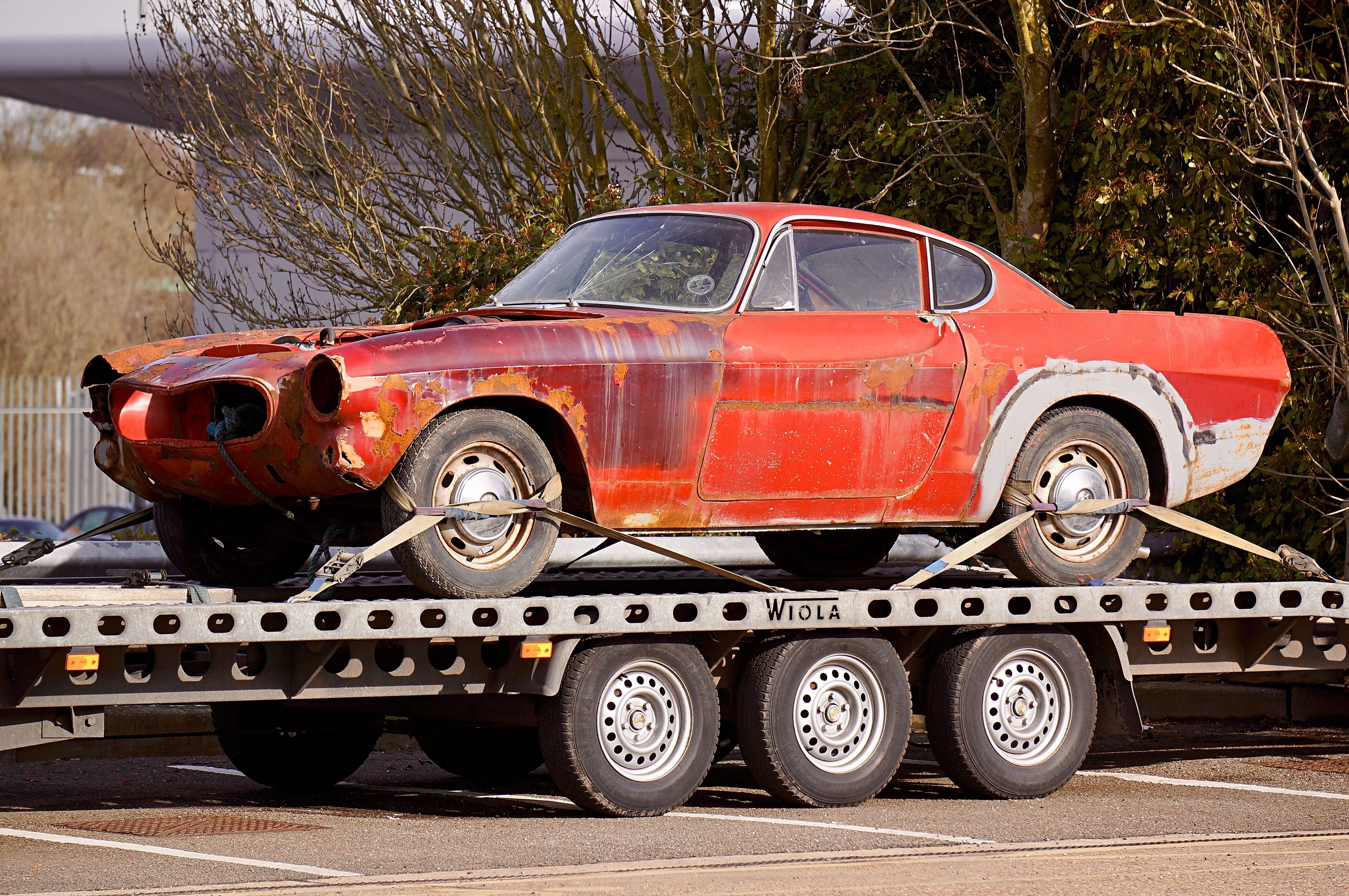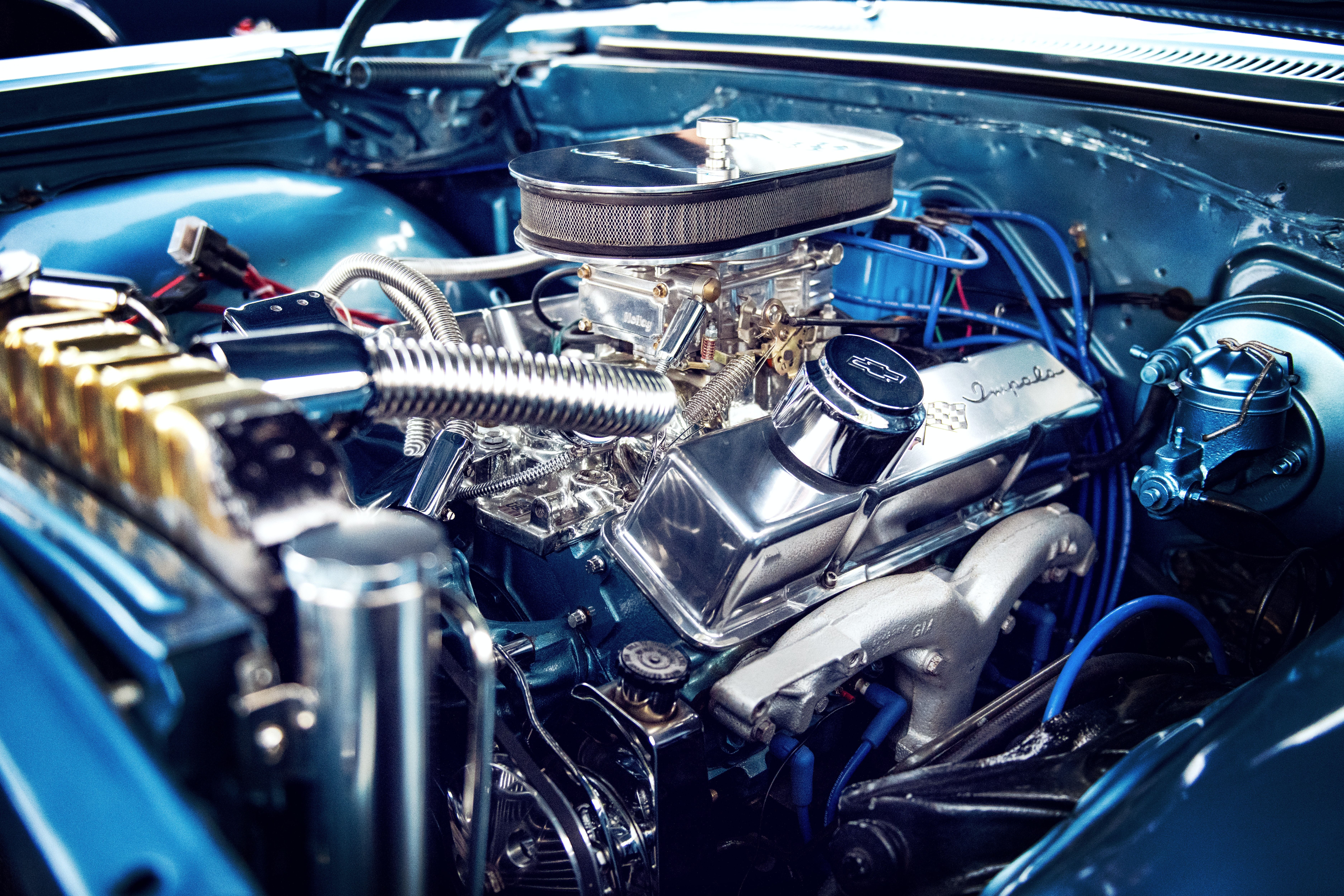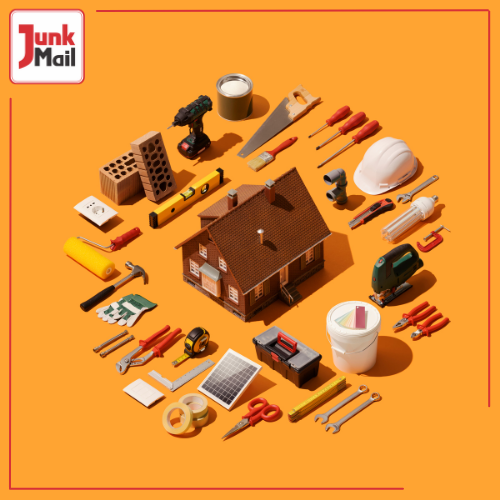Classic Cars: Proven Strategies to Maximise Value
If you’re a classic car owner, you know that the hobby can be a costly endeavour. Between gas, maintenance, storage, transportation, and insurance, your baby is going to quickly rack up a huge bill. That said, protecting your investment is priority number one, and having a well-maintained vehicle will ensure that you get the best return when the time comes to sell or trade it in.
Image By Gio Bartlett
The most interesting and rewarding part of classic vehicle ownership is the hunt for your next great find. But it’s equally as important to create a strategy for maximising its value while still having fun in the process. To ensure this, let’s talk about proven strategies that played a part in determining the value of your next classic car purchase and what you can do for the ones you currently own. Do you have vintage vehicles you want to sell? List them for free on Junk Mail.
Repair the body: bodywork and paint

Image By Mike Via Pexels
Cars from the golden era of motoring often have a very special place in the hearts of enthusiasts. Keeping classic cars in perfect condition can increase the classic car value and resale potential. It is important to be on the lookout for signs of ageing like rust from the weather and peeling due to age. It is vital to keep these in check and make a few cosmetic updates where necessary. There’s an undeniable passion that comes with classic cars and the collectors and drivers who own and invest in them. Repairing and maintaining the vehicle can be one of the best ways to increase the value of your classic car.
Use original parts
 Image by Tim Mossholder
Image by Tim Mossholder
Using newer parts in classic cars can be catastrophic. In order to maximise the value of your classic car, you need to use original parts. The installation of original parts in your classic car is a guarantee that your car will not only look perfect but also run the way it is supposed to. Their durability and reliability ensure that they will serve you for a long time and will not cause unnecessary financial losses.
Customisation
Customising one’s ride is a deeply ingrained element of the vintage car culture. Some people take it far beyond simply switching out the radio for a better-quality unit or adding an aftermarket spoiler. This can have a negative impact on the value of your car. You need to keep your car as close to its original condition as possible. At its core, there are two distinct mindsets when it comes to customisation. The first is the car enthusiast, who performs work on their vehicle because they want to learn more about how it operates and take ownership of their work. The second mindset belongs to those who are more concerned with superficial changes that show off their financial status. Superficial changes can be damaging to the value of your car.
Keep service records
Car service records can be proof of the condition of the car and the time invested in its restoration and maintenance. Buyers are always interested in the history of your classic vehicle, and the service records tell a story of their own. These records will be important to future owners and any maintenance or restoration they want to do.
What determines the value of a classic car?
Classic cars are worth more than just the sum of their parts. The value of a classic car is determined by several factors including its condition, rarity, mileage, originality, and more. Understanding these factors will be instrumental in helping you price your classic car so that you can get the most money for it if you intend to sell.
Are you looking to buy or sell a classic car or restore and repair one instead? Well, you’ve come to the right place. Place a free advert on Junk Mail or check out the vintage car repair and restoration services listed on our website. After reading this guide, you'll know what to look for when buying one and how to maximise the value of your vintage car.





